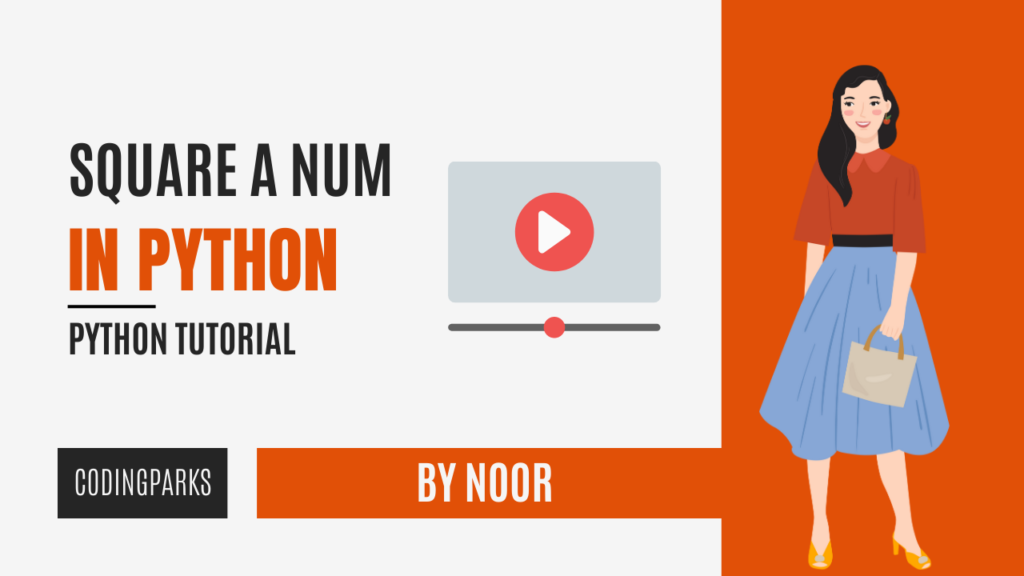The concept of “conversion audio into lyrics” really refers to the process of taking spoken words from an audio file and turning them into written text. Speech transcription or recognition is the term used for this operation. In other words, in order to get the lyrics, we must translate the audio signal into text.
Several libraries in Python are useful for transcription and voice recognition. The goal of these libraries is to accept an audio file as input and output a text transcription of the spoken words contained in that file.
The output of these libraries may not always be correct, especially when the audio quality is subpar, the speaker has a strong accent, or the language they are speaking is not one for which the library is designed.
After we obtain the audio file’s text transcription, we may utilise natural language processing algorithms to glean relevant information from the text and produce lyrics. This can entail locating essential phrases, examining sentence construction, or coming up with rhymes and rhythms.
It is important to note that creating excellent lyrics from a voice transcription is a challenging undertaking that necessitates a thorough knowledge of both language and music. The creation of genuinely excellent lyrics will probably need a large amount of human input and imagination, even though the current Python modules can assist with some of the fundamental tasks.

Table of Contents
ToggleSpeech Recognition
Speech Recognition is a Python package that offers a straightforward user interface for conducting speech recognition on audio files. It supports a number of well-known voice recognition tools, including Google Speech Recognition, Sphinx, and Wit.ai, for text conversion from audio data. Moreover, the library supports a variety of audio file formats, making it simple to interact with various audio file types. Also, it offers various built-in tools for processing audio, including as noise reduction and audio normalization, which can increase the accuracy of the speech recognition process.
PyDub
A Python package called PyDub offers capabilities for working with audio files. It can handle numerous audio file formats, and it has multiple functions for modifying audio files, such as dividing and concatenating files, converting between different formats, and applying various audio effects. PyDub is a helpful tool for preparing audio data for transcription since it can be used to manipulate audio signals before feeding them into speech recognition libraries like SpeechRecognition.
Pocketsphinx
A compact voice recognition library, Pocketsphinx is intended for use in embedded systems or in situations where real-time performance is essential. It supports a variety of acoustic speech recognition models and may be trained using fresh data to increase accuracy. Pocket sphinx is a flexible tool for voice processing applications since it also allows speech recognition across many languages.
Google Cloud Speech API
Google offers a cloud-based voice recognition service under the name Google Cloud Speech API. It can transcribe audio files in a variety of languages, including English, Spanish, French, German, and more, using cutting-edge machine-learning techniques. The service is an effective tool for speech-processing applications since it can handle big audio files and offers real-time transcription. The Google Cloud Speech API also provides a number of customization possibilities, including the capacity to define unique vocabulary and raise recognition precision using training data.
After the transcription of the audio into text using a speech recognition tool like SpeechRecognition or the Google Cloud Speech API, you may make lyrics by taking the text’s meaning from it using natural language processing (NLP) tools like NLTK (Natural Language Toolkit) and spaCy.
NLP is a branch of research that focuses on building algorithms and tools for processing and interpreting natural language data, such as text or speech. It uses a variety of methods, including as named entity identification, sentiment analysis, and part-of-speech tagging, which may be used to extract context and meaning from the text.
Identifying the parts of speech of words in a phrase, such as nouns, verbs, adjectives, and adverbs, is known as part-of-speech tagging. This knowledge may be utilised to determine a sentence’s topic and action, which is necessary for writing songs with depth.
Identification and classification of named entities in text, such as persons, companies, and locations, is known as named entity recognition. This material can be used to set the scene and give specifics about the audio’s subject matter.
Sentiment analysis includes assessing the emotional tone of text, which may be beneficial for crafting songs that convey certain feelings or moods.
You may use these methods to the transcribed audio text and extract significant information that can be utilised to create lyrics using NLP libraries like NLTK and spaCy. It’s crucial to remember that the accuracy of the transcription and the sophistication of the NLP algorithms employed will determine the calibre of the created lyrics. When using NLP approaches to produce lyrics, it is crucial to make sure that the audio transcription is as accurate as possible.


